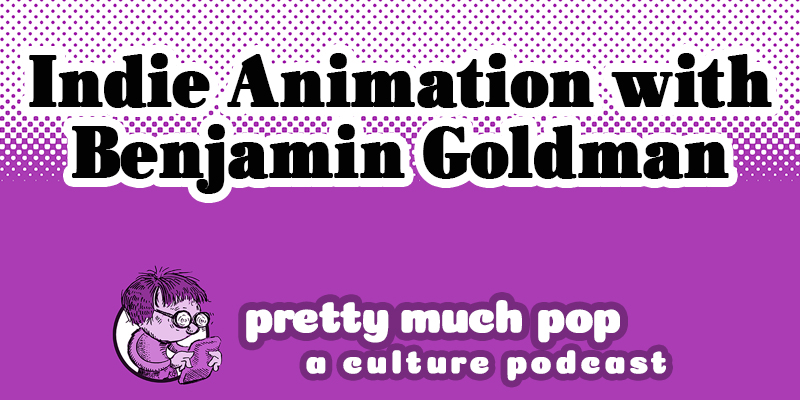In February 2018, the Conference on Jewish Material Claims Against Germany conducted interviews with 1,350 American adults, aged 18 and up.
Their findings, published as the Holocaust Knowledge and Awareness Study, reveal a sharp decline in Americans’ awareness of the state-sponsored extermination of six million Jewish men, women, and children by Nazi Germany and its collaborators.
This knowledge gap was particularly pronounced among the millennial respondents. Sixty-six percent had not heard of Auschwitz — the largest of the German Nazi concentration camps and extermination centers, where over a million perished. Twenty-two percent of them had not heard of (or were unsure if they had heard of) the Holocaust.
This is shocking to those of us who grew up reading The Diary of Anne Frank and attending assemblies where Holocaust survivors — often the older relative of a classmate — spoke of their experiences, rolling up their sleeves to show us the serial numbers that had been tattooed on their arms upon arrival at Auschwitz.
The study did make the heartening discovery that nearly all of the respondents — 93% — believed that the Holocaust should be a topic of study in the schools, many citing their belief that such an education will prevent a calamity of that magnitude from happening again.
(In defense of millennials, it’s worth noting that in the decades since 1977, when more than half of the country tuned in to watch the miniseries Roots, the Civil War and the horrors of slavery had all but disappeared from American curriculums, a direction the Black Lives Matter movement is fighting to redress.)
The Holocaust is such a huge subject that there is a question of how to introduce it, ideally, in such a way that young people’s interest is sparked toward continuing their education.
The Driver is Red, Randall Christopher’s animated short, above, could make an excellent, if somewhat unusual, starting place.
The film’s text is drawn from Israeli Mossad Special Agent Zvi Aharoni’s first person account of the successful manhunt that tracked Adolf Eichmann, a member of Heinrich Himmler’s inner circle and architect of the Nazi’s “final solution,” to Argentina.
This event transpired in 1960, fifteen years after Soviet troops liberated Auschwitz.
Aharoni, voiced by actor Mark Pinter, recalls receiving the tip that Eichmann was living in Argentina under an assumed name, and locating him in a modest dwelling on the outskirts of Buenos Aires.
Filmmaker Christopher builds the tension during the ensuing stakeout with effective, noir-ish, pencil sketches that take shape before our eyes, mapping surveillance points, a couple of happy accidents, and one harrowing moment where Aharoni feared his foreign accent might give him away.
There’s more to the story than can be packed in a fourteen minute film, but those fourteen minutes are as gripping as any tightly plotted spy movie.
Christopher is less interested in directing the next James Bond flick than putting Holocaust education back on the table for all Americans.
A 2016 New York Times article about the handwritten letter Eichmann sent Israeli President Yitzhak Ben-Zvi, begging for clemency, paved the way for the film by motivating Christopher to fill in some gaps in his education with regard to the Holocaust.
As the then-46-year-old told Leorah Gavidor of The San Diego Reader in 2018:
I (felt) so dumb, so ignorant, being an adult in America and not knowing the history of it.
My friends, people I told this story to, they were fascinated. They would start listening very carefully when I started to talk about this Nazi from Germany that was found 15 years after the war, halfway around the world. They didn’t know anything about it. That’s how I knew I was on to something.
Before the film was completed, Christopher staged a live reading of the script at San Diego’s Verbatim Books, then passed the mic to Holocaust survivor Rose Schindler, who told the audience about surviving Auschwitz.
As Christopher recalled:
People were tripping. There’s three lines about Treblinka in the film, and this Nazi war criminal, and then they see someone there, with the tattoo on her arm, in front of them, who experienced this firsthand.
Mrs. Schindler became a Holocaust educator in 1972, when her son’s teacher invited her to share her story with his middle school classmates.
She is now 91.
via The Atlantic
Related Content:
Holocaust in Film and Literature: A Free Online Course from UCLA
96-Year-Old Holocaust Survivor Fronts a Death Metal Band
100-Year-Old Holocaust Survivor Helen Fagin Reads Her Letter About How Books Save Lives
Ayun Halliday is an author, illustrator, theater maker and Chief Primatologist of the East Village Inky zine. Follow her @AyunHalliday


